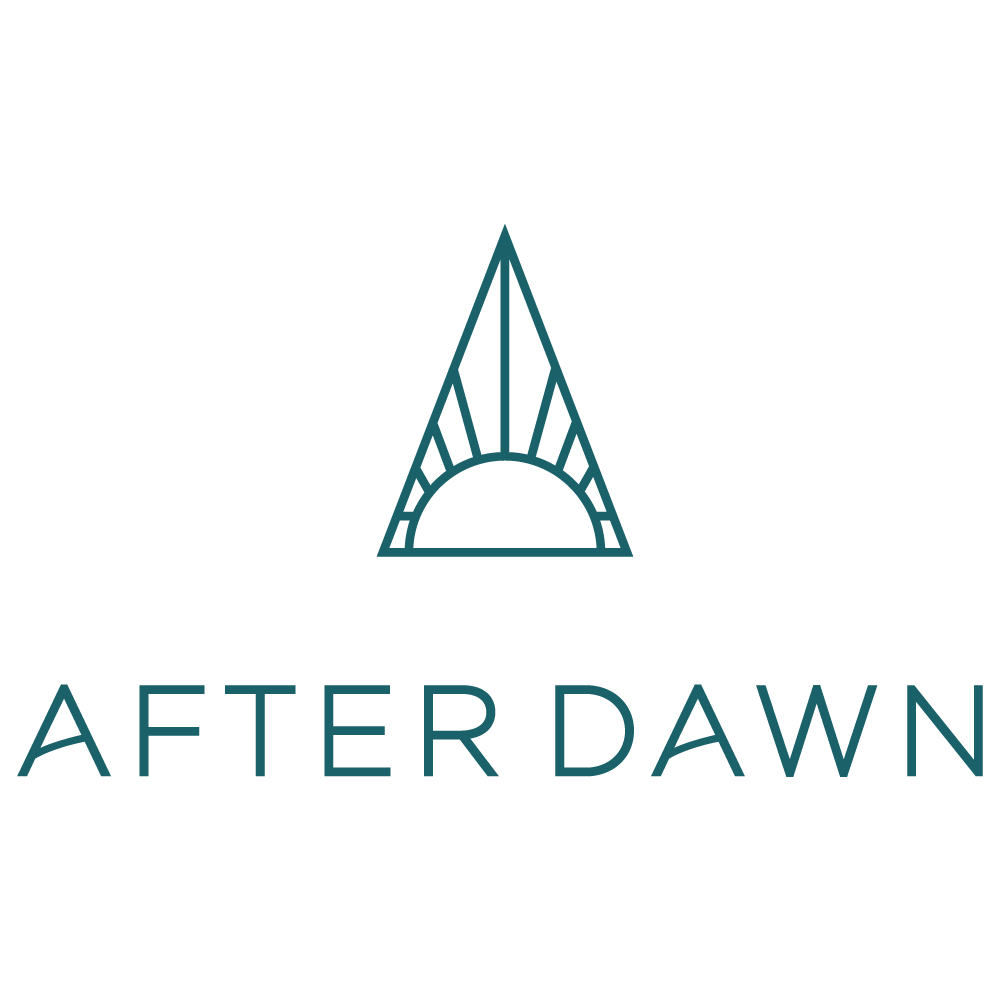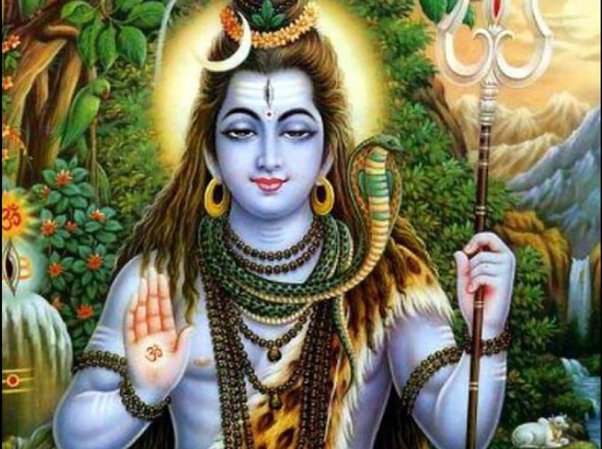Yoga Asana: Cobra Pose or Bhujangasana
Each posture in the physical yoga practice has a Sanskrit name ending in asana. Asana means seat or posture. Today we will explore Bhujangasana also known as cobra pose. When we break down the Sanskrit we see: Bhujanga which = snake or serpent and asana which = seat or posture. Cobra pose dates all the way back to the 17th century where it is described in the Hatha Yoga text, the Gheranda Samhita. Bhujangasana is an active back bend and heart opener that requires some predatory postures like crocodile (makarasana) or sphinx (salamba bhujangasan) or bridge (setu-bhandasana) or some cat/cow like movements of the spine to enter into it safely. Bhujangasana is often practiced as part of a “vinyasa” or a series of connected movements that is repeated in-between a set of other postures. It is also used as a predatory posture for even more intense back bends such as camel (ustrasana) or wheel (chakrasana).
This brings us to the WHY of Bhujangasana. The unifying WHY behind all postures is to attain a comfortable seat for our dhyana or meditation practice. Spine health is of utmost importance not only for our meditation practice, but for our overall ability to function efficiently in our daily lives. Prioritizing our spine will lead to developing the ability to manage our mind and the management of our mind is required in order to recognize how the delusions of our desires are afflicting us and standing in the way of anything beyond raga or the insanity of trying to satisfy our senses. Do you see how we can simply open the door to the body and be lead to opening the door to more subtle aspects of ourselves? This is the beauty of asana when we allow for the true goal of yoga to surpass the false god of consumer culture. Bhujangasana stretches the front body (from the chest all the way down to the tops of the feet) while strengthening the back body as well as the arms and shoulders. This posture also has the potential to improve lung function and respiratory health, increase circulation, improve digestion, relieve back pain, as well as improve posture.
Bhujangasana can have symbolic, metaphoric, and meaningful significance to our own personal why’s. When we consider the Sanskrit translation of the posture we first see bhujanga which translates to snake or serpent. Shiva, who is known in yogic culture to be the first yogi, wears a snake around his neck. The cobra’s venom is a representation of avidya or ignorance (avidya is the first klesha and the field of which all other sufferings arise, refer to the klesha blogs for more information). Consider the ultimate ignorance as us going through our whole lives and not knowing we are atman, that who we are beyond body, mind, is an unchanging, pure, and divine, Self. That not knowing or not believing we are anything more than our gender or our bank account or a number on the scale, or whatever else we have been brainwashed into believing is our being, is poison. It is the venom of which infiltrates our misguided reactions, beliefs, judgements, and ways of being. Not only can the cobra remind us of our ignorance as poison, it can also teach us how to pierce that very same ignorance with courage and resolve. We no longer have to subscribe to the world telling us who we should or shouldn’t be, what makes us worthy or worthless. Rather than subscribe to untruths, we get to sink our teeth into truths, into who we are beyond the thoughts swirling around in our heads. This understanding is the safe haven that resides within, that cannot be manipulated by all of this worlds’ slithery snakes. Make it a practice to visit often, to get to know yourself beyond your likes and dislikes and to trust the true-i-est part of you as pure and whole and good. Then, like the cobra, with heart, chest, and gaze lifted, we can face all things, fearless, because we are free.
How to do Bhujangasana:
Lie down on your belly with the forehead gently resting down and the hands at chest level. Place the feet hip width distance and the feet pointed straight back. Press down through the tops of the feet, lift your knee caps and engage your quads. Press the pubic bone down and engage your glutes to start (you can adjust as need be). Bring your awareness to your mid back and lift your head chest and upper ribs off of the mat. Hover your hands and draw your armpits or lats back towards your hips. Keep all of this engagement and gently rest your hands back down on the mat. This is baby cobra and a great place to start. From here, you can press down a bit more with the hands and lift as high as is ok for your back. Lift the head away from the shoulders and slightly lift the chin. The gaze can be forward and lifted as much as is comfortable for your neck. Breath long, slow, and even.
Modifications
Variations:
Baby cobra or hands free baby cobra
Walk your hands back closer towards your hips to increase the intensity of the back bend.
***Permission to modify in anyway that provides you with a feeling of safety, ease, and is alignment with your purpose in practicing the posture.
Dearest Reader,
May you be inspired to practice yoga asana, and allow the depth and richness of each posture to open the gates through the body, to the mind, to the heart, and to the atman.
Blessings,
Andrea Dawn

